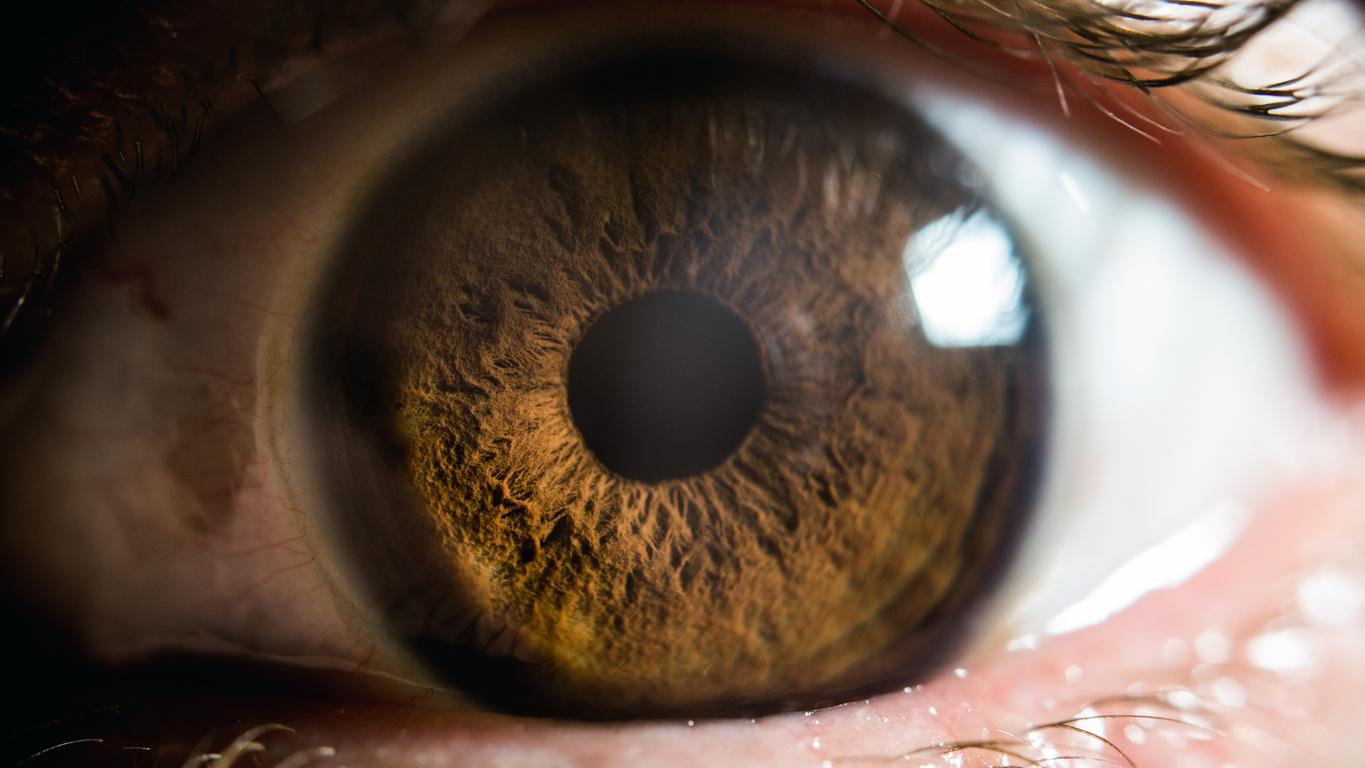AMD, diabetic retinopathy, glaucoma…, to facilitate the identification of these pathologies during fundus of the eye, Inserm’s medical information processing laboratory (LaTIM) has developed a new algorithm, according to a press release from the Institute. It makes it possible to search for all possible abnormalities on the entire retina of a patient, even at the very beginning of the disease.
Inserm researchers created this tool from a database produced by AP-HP as part of targeted screening for diabetic retinopathies (Ophdiat network).
More than a hundred thousand images were used by the researchers for their tests and the implementation of the algorithm.
“Concretely, we have built a multi-instance learning algorithm (MIL) capable of combining the content of the image and the content of the medical file of the same patient, while separating those who had been diagnosed with a retinal pathology And the others. He compared normal and abnormal images to identify areas of interest and the visual nature of the lesions. He then crossed these images to the diagnosis made by the doctor in the patient file to build the basis of the tool, ”explains Gwenolé Quellec, who led this work.
Better screening for eye abnormalities
Currently patented, this new tool could have clinical use with the development of software accessible to all.
“In addition to the use by ophthalmologists, we can imagine that this tool could promote the launch of systematic screening campaigns for retinal pathologies, diseases often neglected and frequent causes of blindness. In this case, it would be coupled to a portable fundus acquisition device. It would be used by trained professionals, such as orthoptists, who would refer patients to the ophthalmologist as soon as the retina is considered abnormal by the algorithm, ”concludes Gwenolé Quellec, who led this work.
Read also:
AMD: consider screening from age 55
Glaucoma: why should you think about screening?
Diabetic retinopathy: can it be treated?

















